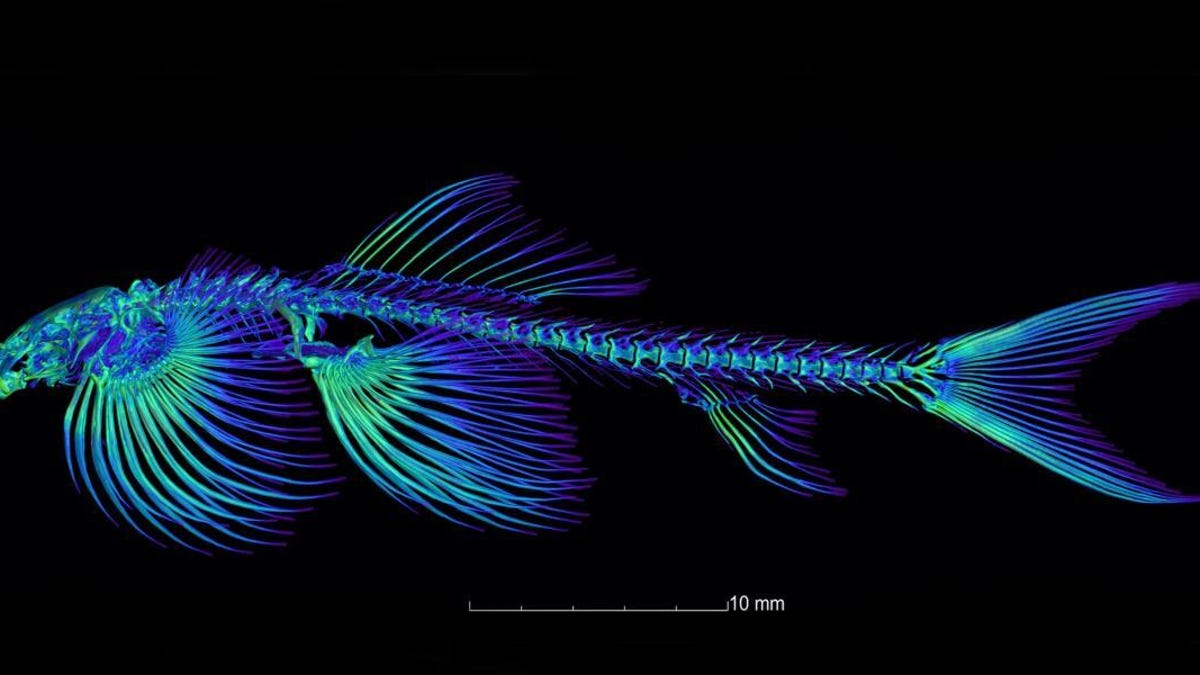Land-walking fish might be more common than we suspected, scientists say
Talk about a fish-out-of-water story.
Fish generally stay submerged, so it's understandable that scientists (and the rest of us) would get excited when a fish ventures out for a stroll. Well, prepare for more excitement, because there might be more walking fish then we realized.
A new study, from an international team of scientists, has identified at least 11 species of fish that might be able to walk on land.
"The findings are based on CT scans and a new evolutionary map of the hillstream loach family, which includes the only living fish species caught in the act of walking: a rare, blind cavefish known as Cryptotora thamicola, or the cave angel fish," the Florida Museum of Natural History said in a release Tuesday.
Walking is a survival skill for the enigmatic cave angel fish, which needs to move around in cave streams as water levels change. It can even climb up waterfalls, according to a 2016 study led by researchers at the New Jersey Institute of Technology.
The researchers observed the cave angle fish in Thailand in 2019.
The scientists behind the new study zeroed in on the cave angel fish's pelvic shape, which enables its amphibian-like ability to walk, and found 10 other species that shared its "unusually hefty pelvic girdle."
"The result is a greatly improved understanding of the evolution of an extremely uncommon event -- the ability of a fish to walk on land," said Lawrence Page, Florida Museum curator of fishes and co-author of the study, published in the Journal of Morphology in August.
The investigation of these fish is ongoing, since the others haven't been caught in the act of walking yet. But the possibility is most definitely there.


